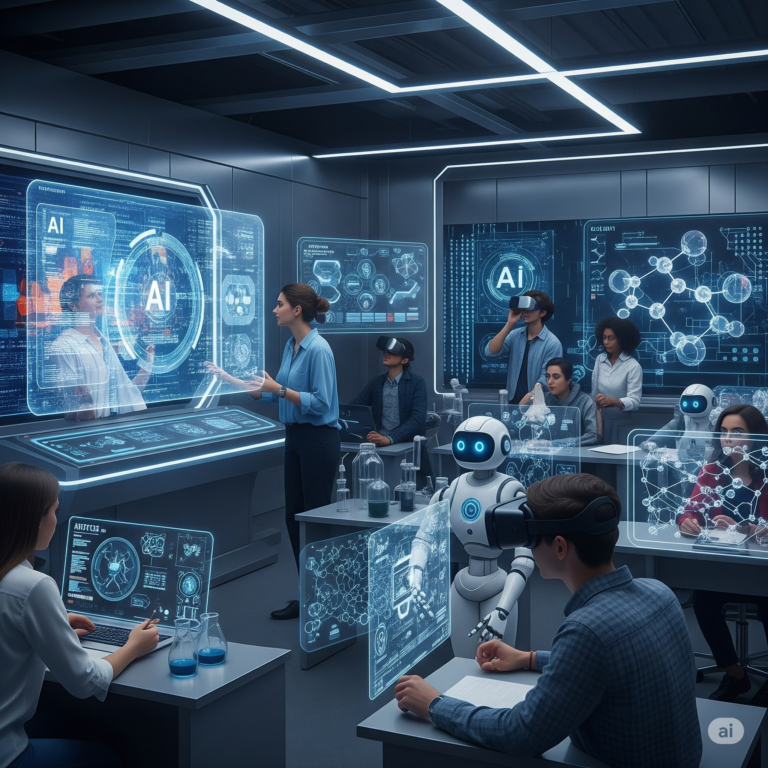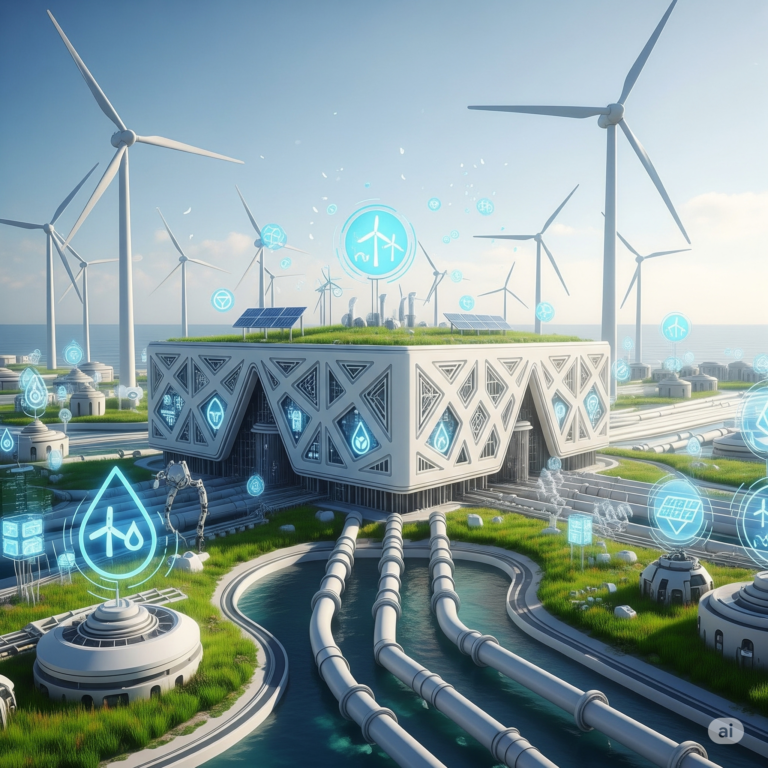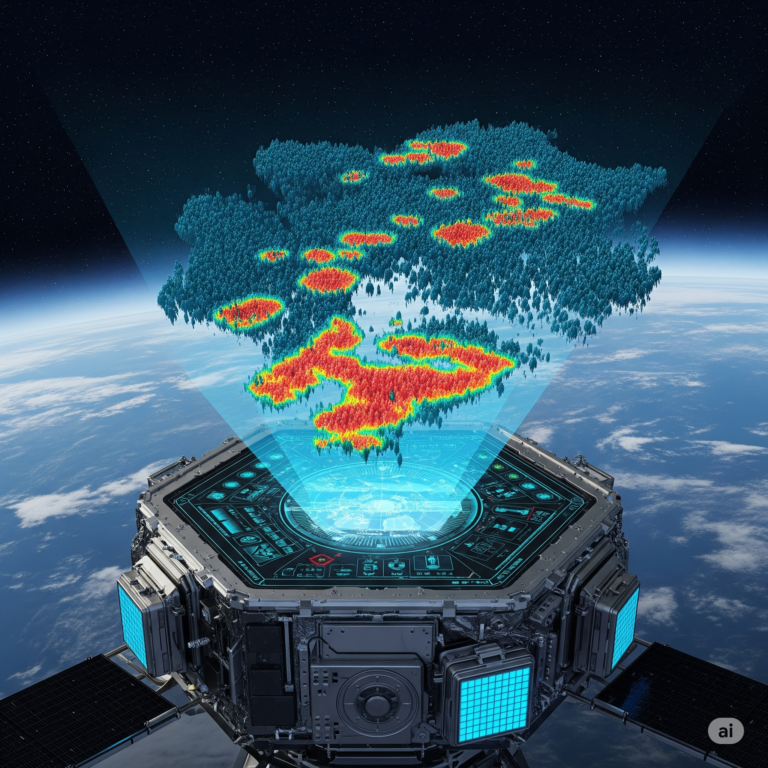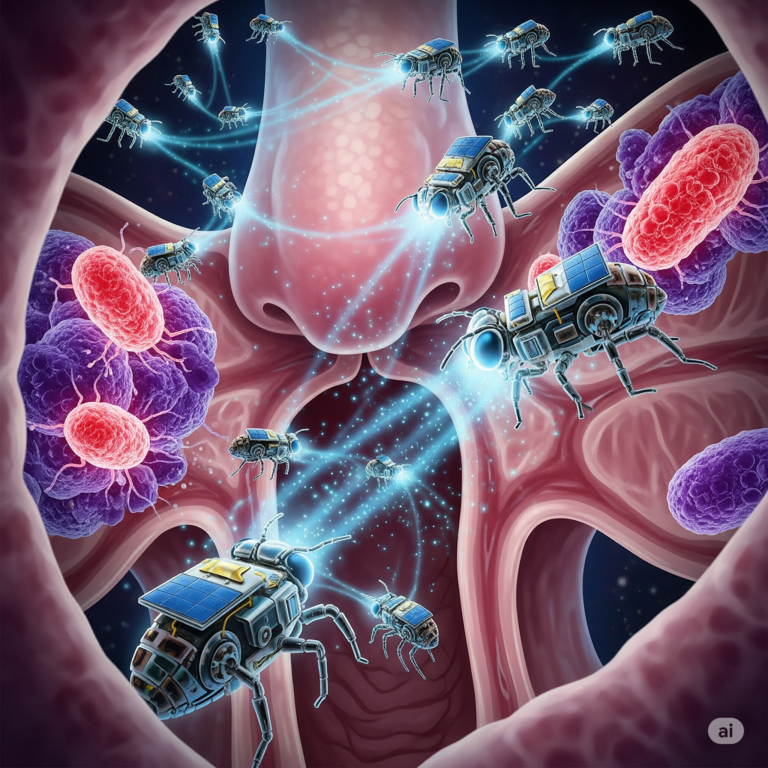Artificial Intelligence (AI) is evolving rapidly. Among the most promising and complex developments is agentic AIŌĆöa form of AI capable of making autonomous decisions, acting independently, and adapting to dynamic environments. This next-generation AI moves beyond traditional pattern recognition, entering the realm of agency, autonomy, and intelligent self-direction.
ŌĆ£Building Agentic AI: Key Technologies and MethodologiesŌĆØ is more than just a technical endeavorŌĆöitŌĆÖs about creating machines that can collaborate with humans, make ethical decisions, and function across industries like healthcare, finance, and education. This article will walk you through how these systems are built, the tools involved, and what this means for our future.
¤ōī Table of Contents
- Introduction to Agentic AI
- Defining Agentic Intelligence
- Core Features of Agentic AI
- Building Agentic AI: Key Technologies and Methodologies
- Real-World Applications of Agentic AI
- Ethical Considerations and Control
- Challenges in Development
- Future Outlook
- FAQs
- Brands and Tools Table
- Final Thoughts
- Hashtags
¤ÆĪ What Is Agentic AI?
Agentic AI refers to artificial intelligence systems that possess agencyŌĆöthe ability to make autonomous choices, take actions toward goals, and adapt based on new data or feedback. These systems are designed not just to respond to inputs, but to initiate actions, self-correct, and evolve with experience.
While traditional AI follows static instructions or predictive models, agentic AI systems act more like collaborators, with embedded goals, internal representations of the world, and the ability to reflect on outcomes.
¤ÜĆ Key Features of Agentic AI
To understand the concept thoroughly, we need to examine the building blocks of agentic systems:
- Autonomy: Operates independently within given boundaries.
- Goal-Oriented Behavior: Pursues predefined or dynamically generated objectives.
- Learning and Adaptation: Continuously improves through experience.
- Environmental Awareness: Understands context and adjusts behavior.
- Long-Term Planning: Makes decisions with future implications in mind.
ŌĆ£Building Agentic AI: Key Technologies and MethodologiesŌĆØ involves combining these traits with technical precision to develop truly interactive systems.
¤ö¦ Building Agentic AI: Key Technologies and Methodologies
LetŌĆÖs explore the essential components and processes behind building an agentic AI.
1. Machine Learning & Deep Learning
Machine learning (ML) is the foundation of agentic systems. These systems are trained on large datasets using techniques such as:
- Supervised Learning ŌĆō Teaching the AI through labeled data.
- Unsupervised Learning ŌĆō Finding patterns without pre-labeled data.
- Reinforcement Learning ŌĆō Teaching the AI via reward and punishment for actions.
Agentic AI often leverages deep learningŌĆöneural networks with multiple layersŌĆöespecially when tackling complex problems.
2. Reinforcement Learning (RL)
RL is the cornerstone of autonomy in agentic systems. In this setup:
- An AI agent interacts with an environment.
- It performs actions to maximize cumulative rewards.
- Over time, it learns optimal strategies for reaching goals.
Popular tools:
- OpenAI Gym
- DeepMindŌĆÖs AlphaZero
3. Cognitive Architectures
These are frameworks for simulating human-like thinking. They allow agentic AI to:
- Reason logically
- Make decisions under uncertainty
- Maintain working memory
Examples include:
- Soar
- ACT-R
- OpenCog
4. Knowledge Graphs & Semantic Reasoning
Knowledge graphs are structured representations of facts and relationships. Agentic AI uses them to ŌĆ£understandŌĆØ the world and make informed choices.
For example, a medical assistant AI might use a knowledge graph to link symptoms to possible diagnoses, backed by semantic reasoning.
5. Natural Language Processing (NLP)
For agentic AI to interact with humans, NLP is essential. It enables:
- Reading and understanding human input
- Asking clarifying questions
- Generating thoughtful responses
Advanced models like GPT and BERT provide the backbone of intelligent dialogue systems.
6. Multi-Agent Systems
Many agentic AIs are designed to work together. Multi-agent systems simulate communities of AIs that:
- Cooperate
- Compete
- Share goals or data
This is useful in domains like traffic control, cybersecurity, and large-scale simulations.
7. Human-in-the-Loop (HITL) Systems
In the real world, fully autonomous systems often need human oversight. HITL designs ensure:
- Ethical guardrails
- Error correction
- Collaborative intelligence
Agentic AI can be taught and guided during early stages of deployment before full autonomy is granted.
¤īÉ Real-World Use Cases
¤ö¼ Healthcare
Agentic AI assists in diagnostics, robotic surgery, and patient monitoring. It can independently recommend treatments, predict risks, and schedule follow-ups.
¤Æ░ Finance
Used in fraud detection, algorithmic trading, and financial planning. These AIs adapt to market changes and learn from transaction patterns.
¤Äō Education
Virtual tutors powered by agentic AI offer personalized learning, adapt teaching strategies, and provide real-time feedback to students.
ŌĆ£Building Agentic AI: Key Technologies and MethodologiesŌĆØ ensures these tools are precise, responsible, and scalable.
ŌÜ¢’ĖÅ Ethical and Societal Implications
Key questions arise:
- Who is accountable when an agentic AI makes a mistake?
- Can agentic systems develop bias?
- How do we maintain transparency and trust?
Strategies include:
- Open AI policies
- Audit trails
- Explainable AI (XAI)
¤ōŖ Brands and Tools Table
| Brand/Tool | Area of Use | Price Range | Notable Feature |
|---|---|---|---|
| OpenAI Gym | Reinforcement Learning | Free | Widely used for RL training |
| Google DeepMind | General AI Research | Enterprise | AlphaZero & advanced neural networks |
| IBM Watson | Healthcare & NLP | $5,000+ annually | AI with HIPAA compliance |
| Soar Cognitive Arch. | Cognitive Modeling | Free/Academic | Models human-like decision making |
| BERT (Google AI) | NLP & Language Tasks | Open-source | High-performance language model |
| Hugging Face | Model Deployment/NLP | Freemium | Accessible AI model hosting |
| OpenCog | AGI Development | Open-source | Focus on strong AI and agency |
¤Öŗ 15 FAQ Questions With Answers
1. What is agentic AI?
Agentic AI is artificial intelligence capable of autonomous decision-making and goal-directed behavior.
2. How is agentic AI different from regular AI?
Unlike traditional AI, agentic AI acts independently and adapts based on new experiences.
3. Why is reinforcement learning important in agentic AI?
It teaches AI systems how to make optimal decisions through trial, error, and feedback.
4. What industries use agentic AI today?
Healthcare, finance, education, robotics, and customer service are key adopters.
5. Is building agentic AI expensive?
Yes, due to the need for compute power, large datasets, and expert talent.
6. Can agentic AI be controlled?
Yes, through human-in-the-loop systems and ethical programming.
7. Is agentic AI dangerous?
Like all tech, it poses risks if not monitored or regulated properly.
8. Who is leading in agentic AI development?
Organizations like OpenAI, DeepMind, IBM, and Google are at the forefront.
9. What programming languages are used?
Python, Java, and C++ are commonly used due to AI library support.
10. Can agentic AI be creative?
Some agentic systems can generate new ideas, strategies, or designs.
11. What skills are needed to build agentic AI?
Machine learning, cognitive science, NLP, and ethical design.
12. Does agentic AI need big data?
Yes, it thrives on large datasets for training and pattern recognition.
13. Are there regulations for agentic AI?
Emerging legal frameworks are in development globally.
14. Can agentic AI explain its decisions?
Yes, using explainable AI (XAI) tools that trace reasoning.
15. What is the future of agentic AI?
A future where humans and intelligent systems collaborate deeply in every industry.
¤īģ Final Thoughts
ŌĆ£Building Agentic AI: Key Technologies and MethodologiesŌĆØ is a fascinating journey into the next era of intelligent systems. These AIs are not just passive tools but proactive agents capable of shaping outcomes, suggesting ideas, and solving complex problems across domains.
By combining robust technologies like reinforcement learning, natural language processing, and cognitive architectures, agentic AI represents the pinnacle of machine intelligence and the bridge to human-AI synergy.
As we embrace this future, the key will be thoughtful design, ethical oversight, and a collaborative spirit. Because the more agentic our machines become, the more human our responsibilities must be.












+ There are no comments
Add yours